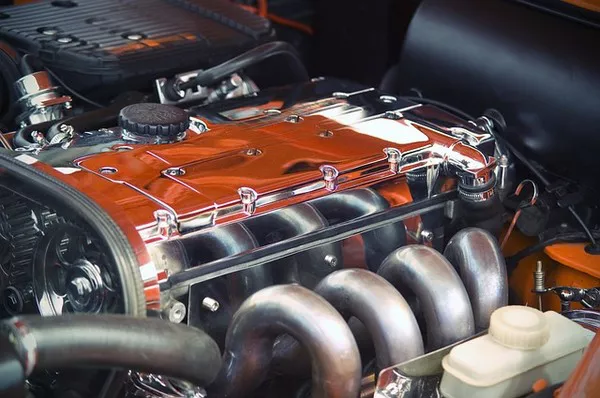Compressors play a pivotal role across various industries, from manufacturing to refrigeration, by transforming low-pressure gas into high-pressure gas, facilitating countless processes. Understanding the intricate design and function of compressors is crucial for optimizing their performance and ensuring operational efficiency. In this article, we delve into the anatomy of a compressor, exploring its essential components and their roles in the compression process.
1. Compressor Housing:
At the heart of every compressor lies the housing, a robust enclosure that contains and supports the internal components. The housing is typically constructed from durable materials such as cast iron or aluminum to withstand the pressures and temperatures generated during operation. It also serves to dampen vibrations, reducing noise levels and enhancing overall reliability.
2. Rotors or Pistons:
Compressors employ either rotary or reciprocating motion to compress gases. Rotary compressors feature rotating elements such as screws or vanes, while reciprocating compressors utilize pistons moving back and forth within cylinders. These components are responsible for drawing in gas and progressively reducing its volume, thereby increasing its pressure.
3. Inlet and Outlet Ports:
Inlet and outlet ports are integral openings in the compressor housing through which gas enters and exits the compression chamber. Properly sized and positioned ports are essential for efficient gas flow, minimizing turbulence and pressure losses. Additionally, inlet ports may incorporate filters or screens to prevent debris from entering the compressor and causing damage to internal components.
4. Compression Chamber:
The compression chamber is the space within the compressor where gas undergoes compression. It is enclosed by the housing and contains the rotors, pistons, or other compression elements. During operation, gas is trapped within the compression chamber and subjected to mechanical forces that reduce its volume and increase its pressure.
5. Drive Mechanism:
Compressors require a drive mechanism to power the compression process. This mechanism may consist of an electric motor, internal combustion engine, or other prime mover depending on the application and size of the compressor. The drive mechanism provides the necessary energy to rotate the compressor’s components or drive the pistons, enabling gas compression to occur.
6. Lubrication System:
To ensure smooth operation and extend the lifespan of moving parts, compressors incorporate lubrication systems. These systems deliver oil or grease to critical components such as bearings, gears, and pistons, reducing friction and wear. Proper lubrication is essential for maintaining operational efficiency and preventing premature component failure.
7. Cooling System:
Compression generates heat as a byproduct, which can adversely affect compressor performance and reliability if not adequately managed. Cooling systems, such as air or liquid cooling, dissipate heat from the compressor’s internal components, maintaining optimal operating temperatures. Effective cooling is essential for preventing overheating and preserving the integrity of sensitive parts.
8. Pressure Relief Valve:
In situations where pressure within the compressor exceeds safe limits, a pressure relief valve acts as a safety mechanism by venting excess gas to the atmosphere or redirecting it to a lower pressure zone. This prevents catastrophic failure of the compressor and protects personnel and equipment from harm. Pressure relief valves are calibrated to specific pressure thresholds and undergo regular testing to ensure reliability.
9. Control System:
Modern compressors often feature sophisticated control systems that regulate various parameters such as pressure, temperature, and flow rate. These systems may incorporate sensors, actuators, and programmable logic controllers (PLCs) to monitor compressor performance and adjust operating conditions in real-time. Advanced control algorithms optimize efficiency and enable remote monitoring and diagnostics, enhancing overall system reliability and energy efficiency.
10. Discharge System:
Once gas has been compressed to the desired pressure, it is discharged from the compression chamber through the outlet port and into the downstream system or process. Discharge systems may include piping, valves, and intercoolers to manage gas flow and temperature. Properly designed discharge systems minimize pressure drop and energy losses, ensuring efficient transfer of compressed gas to its intended destination.
See Also How Does An Oilless Air Compressor Work
Conclusion:
Compressors are intricate machines comprised of numerous components working in harmony to achieve the critical task of gas compression. Understanding the anatomy of a compressor and the function of its essential parts is essential for optimizing performance, maximizing efficiency, andensuring reliable operation across a wide range of applications. By recognizing the importance of each component and its role in the compression process, engineers and operators can implement effective maintenance strategies and design solutions tailored to specific operational requirements, ultimately enhancing productivity and profitability.

